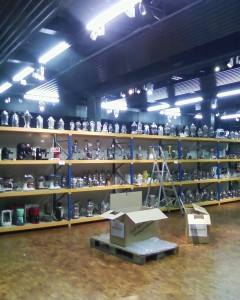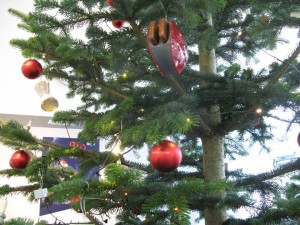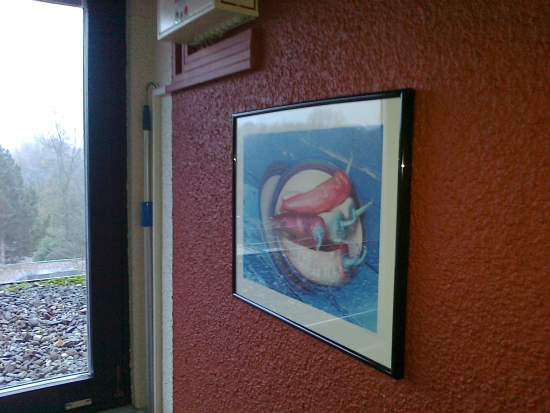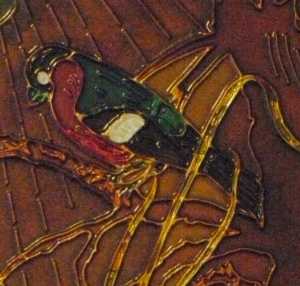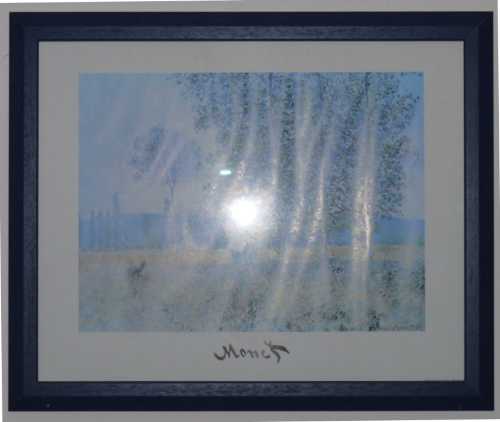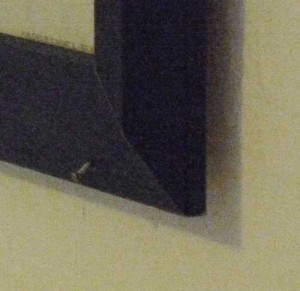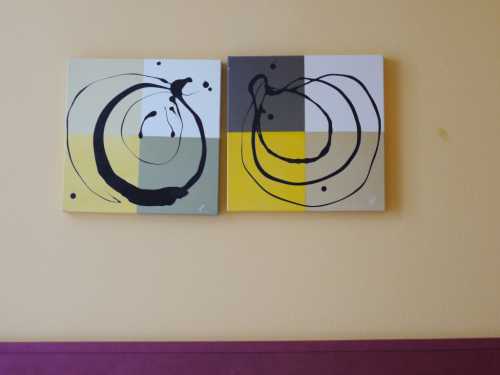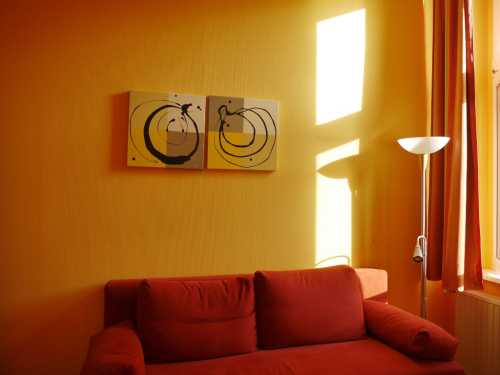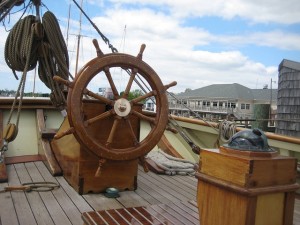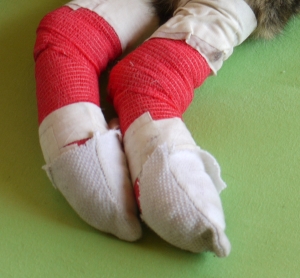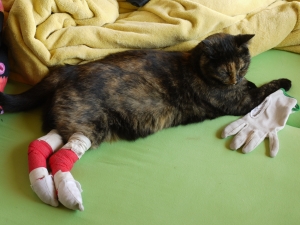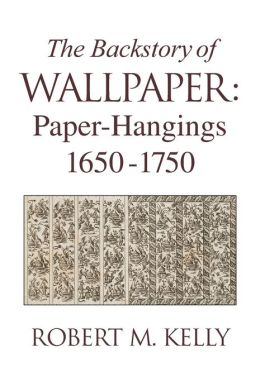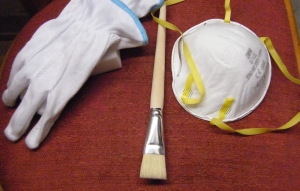 When you are studying museum studies or taking a course in artifact handling and preventive conservation, you learn a lot about ideal storage conditions, improving climate conditions, what to do, what to avoid. However, all exercises you solve in class are clear-cut cases. Normally, there will be one right answer to the question, “What would you decide?”
When you are studying museum studies or taking a course in artifact handling and preventive conservation, you learn a lot about ideal storage conditions, improving climate conditions, what to do, what to avoid. However, all exercises you solve in class are clear-cut cases. Normally, there will be one right answer to the question, “What would you decide?”
Then, there is real museum life. And like real life in general it doesn’t consist of clear cases. You will always run into situations where you have to decide not which solution to a problem is the best but which one is the least bad. Best practice is great but sometimes all you can do is decide between the disaster and the catastrophe.
This is a true story which I will tell in two parts. In the first part I will confront you with a situation, provide you with some additional information and leave you with the question, “How would you decide?” so you can think about the situation until I tell you how the story turned out.
The setting
You are the collections manager of a museum with a large collection of technological artifacts. It’s 7:30 on a Friday morning in December when you receive a call from the maintenance department: A fire detector has caused one false alarm in the night, with two fire brigades marching out. The detector was reset and caused another false alarm early this morning. It needs fixing.
The storage hall is provided with two similar infrared fire detectors, each one controlling one half of the hall. In order to fix it, the fire detector must be checked and eventually replaced by an external service technician and can only be reached using a cherry picker. The place where the cherry picker could stand inside the hall to reach the fire detector is blocked by two large historical trucks.
Alternatively, when one gate is opened, the cherry picker can stand outside the hall reaching inside and the technician can work from there. As a result, the temperature inside the hall would drop from 11C to around zero next to the gate, and a little more in places further down the hall.
Storage hall climate conditions
- Artifacts stored in the hall are trucks and railway material
- The temperature in the hall is 11 degrees Celsius
- relative humidity is at about 42%
Weather conditions
The local weather station currently reports a reading of -3C at 55% relative humidity, and the weather is overcast but dry. There is a weather warning by the meteorological service for heavy snowfalls, approximate starting time: 10 o’clock a.m.
The weather forecast for next week: on Monday, the temperature will rise to 5C with an 85% chance of rain. The weather will stay warm and wet for the next one or two weeks.
Telephone messages
FFS – Fine Fire Services, call 7:56 a.m.
A service technician can be there at 9 a.m. Work on the fire detector will take approximately 1 to 2 hours, depending on whether the detector needs only to be cleaned or completely replaced. The workers would have be notified by 10 a.m., otherwise they would not be able to come until Monday morning.
Conservator Trucks&Cars, call 7:59 a.m.
Trucks can be moved, but need heavy equipment and support from maintenance department.
Head of maintenance department, call 8:05 a.m.
Tow bar and truck able to pull the historic trucks are available; staff to help the conservator is available.
Conservator Trucks&Cars, call 8:07 a.m.
Where to pull the trucks? The only possible place is the forecourt outside the hall. How long will it take to pull them there? If work begins immediately, they can finish by approximately 9:30 a.m.
NOW IT’S UP TO YOU
Do you have all the information you need to make a decision? How would you go about deciding?
a) Pull the two trucks out of the hall so the technician can work inside?
b) Open one gate so the cherry picker can stand outside and the work can be done inside the hall?
c) Wait until Monday or later, leaving 50% of your hall without a fire warning system, until the temperature rises and it will be dry?
Now, my dear readers: How and what would you decide?

